A traditional signboard maker in Penang
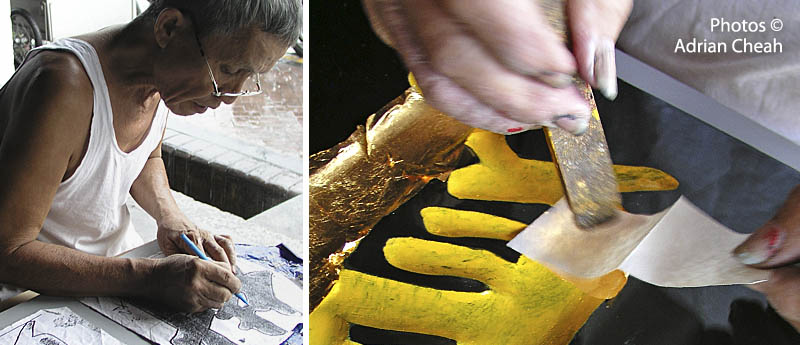
In this day and age of colourful and animated LED video billboards, digital displays for advertisements and other fancy forms of signage, one does wonder if there is a place, still, for the traditional, hand-carved signboard – the sort of signboard that is found in some Chinese homes and business establishments.
If one were to go by the fact that there is only one traditional, handmade signboard maker left in all of Penang (see accompanying story), it would seem that the future of such a craft is bleak. This sad reality is made all the more apparent when one acknowledges that there are, at present, other easier methods of producing carved signboards.
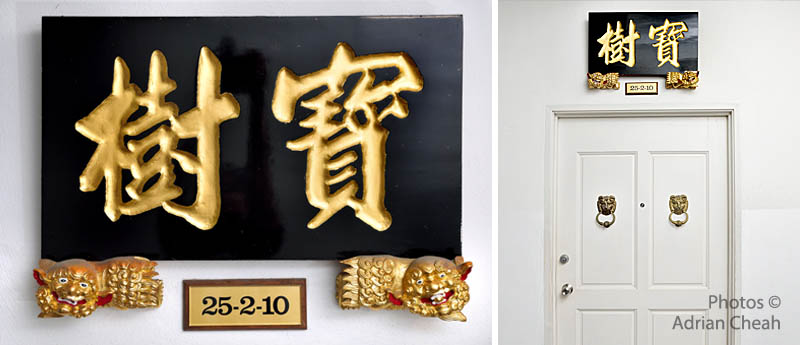
Carved wooden signboards are commonly used by residential homes and business enterprises. In the former, signboards serve to display the district in China the owner originated from (hence identifying the family, dialect and clan). They are usually placed above the front door, as this entrance is especially significant as the main point of entry for Chi (positive energy). If this is not possible, signboards are placed in the common area.
Business enterprises often use carved signboards to display the company name, in a way very similar to modern signboards. They are also presented to newly opened enterprises to bestow auspicious greetings of prosperity. Some business establishments place modern signboards outside the building but display the traditional ones in the interior.
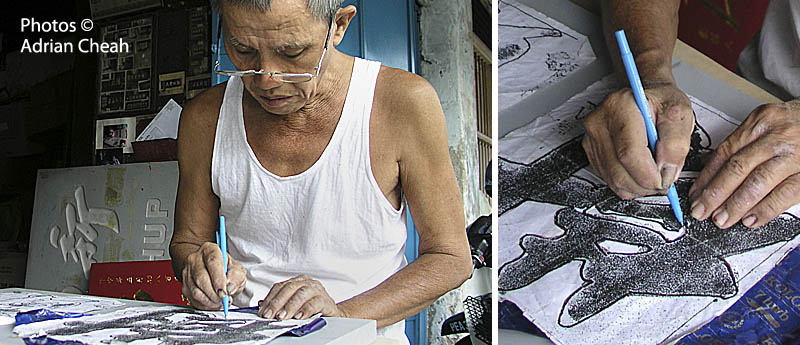
Mr Kok Ah Wah, operates a traditional signboard shop in Queen Street which I thought somewhat resembled something out of Dickens' The Old Curiosity Shop! Incidentally, a curiosity shop, was, in the 19th century, a place where one could buy second-hand goods of a precious, ornamental, or antique variety. But in the gloomy environs of the Kok Ying Chow Signboard Maker shop, what you will most likely find is the proprietor, Mr Kok himself, bent over a wooden board, spectacles sitting on the bridge of his nose, his weathered hands dexterously knocking the outlines of Chinese characters with an old hammer and chisel. He sits surrounded by completed and half-done signboards of all shapes and sizes, and his only entertainment while working seems to be provided by a radio nearby, softly playing the sounds of popular Chinese songs.
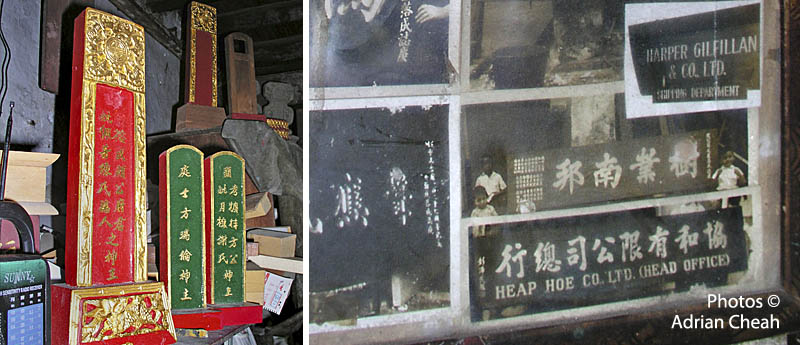
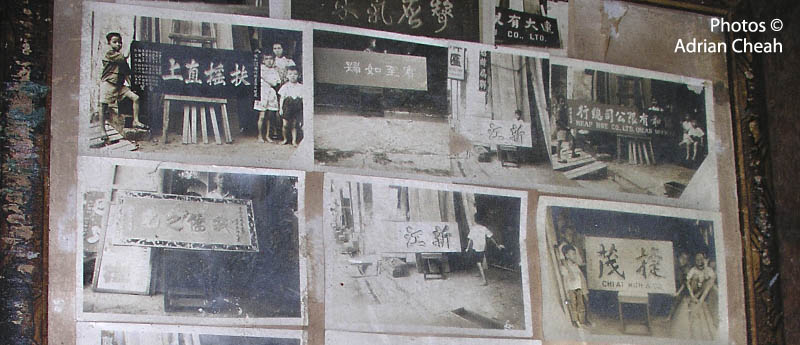
A framed collage in the shop displays old photographs and press clippings of some of the more renowned signs he has crafted since he took over the trade from his Guangdong-born father, who started the signboard shop after the second World War. One that I could immediately recognise was a board for the Harper Gilfilan company. Yes, Mr Kok does signboards in English characters as well.

The process of making a hand-carved signboard is pretty straightforward. A piece of sandpapered soft board, cut to size and shape, is treated with a layer of glazing putty to smooth out the surface. When the glazing has dried, the characters to be carved are traced onto the board with carbon paper. This will provide an outline with which to work on. After the characters have been carved, another layer of putty, and thinner, is applied. Finally, the board is painted in two colours, one for the background (usually black, but red and green are also used) and gold for the characters. Completion takes about three weeks.
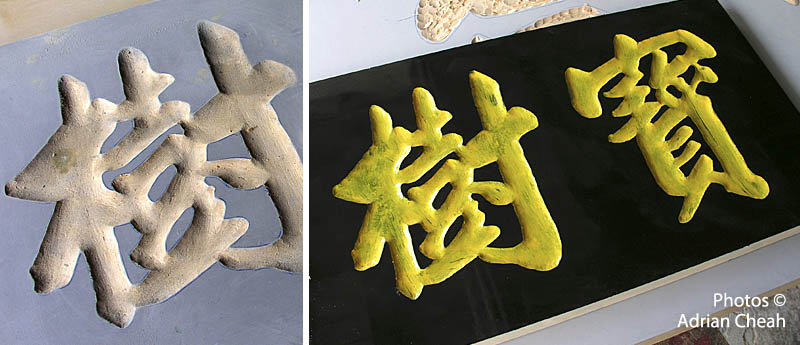
Nothing quite compares with the pleasure that comes with handmade things, and one should never underestimate the importance of a well-made signboard. Not only does it serve as an excellent advertisement for your business, but it will also usher in good tidings and peace for households.
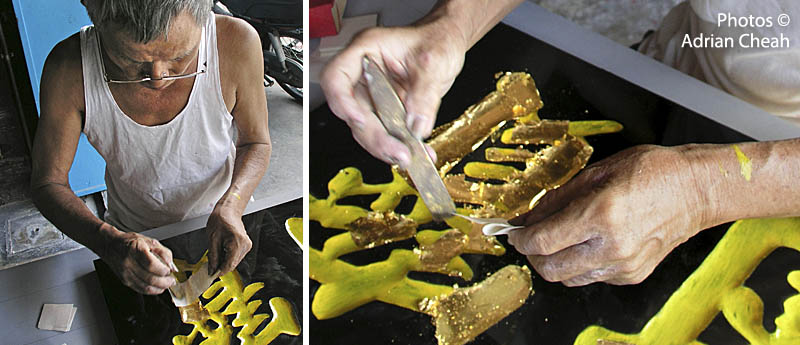
Sadly, none of Mr Kok's siblings, or his children, are interested in taking up the craft of hand-carved signboards. A master of a dying trade, he could very well be the last of his kind, at least in Penang.
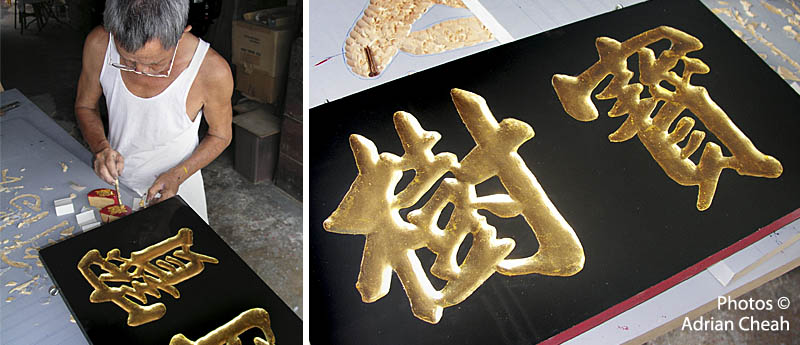
---------------------------------------------------------
Written by Raja Abdul Razak
Photographed by Adrian Cheah © All rights reserved.
8 August 2004